Gallery
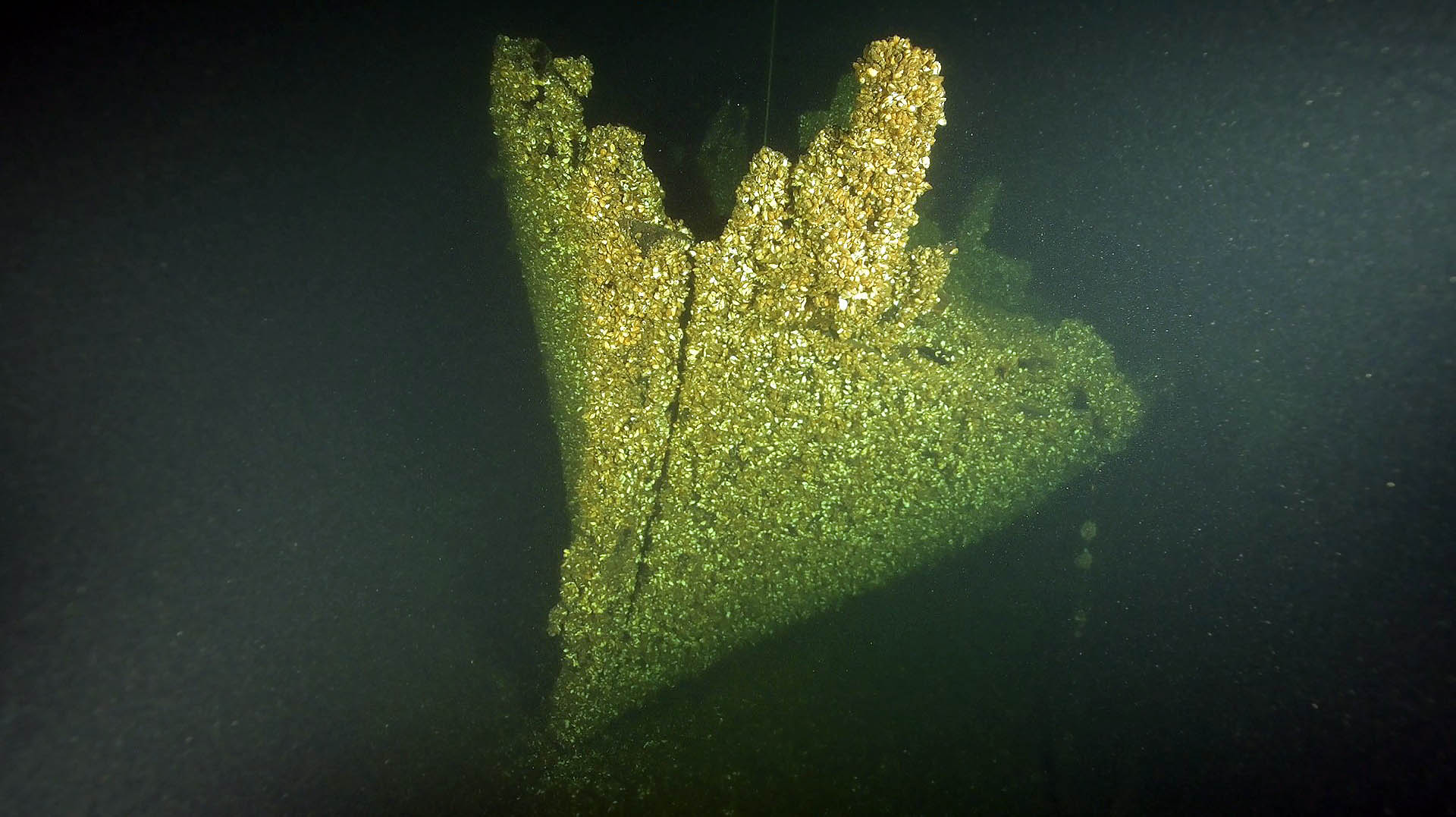
The Bow of the Jennibel
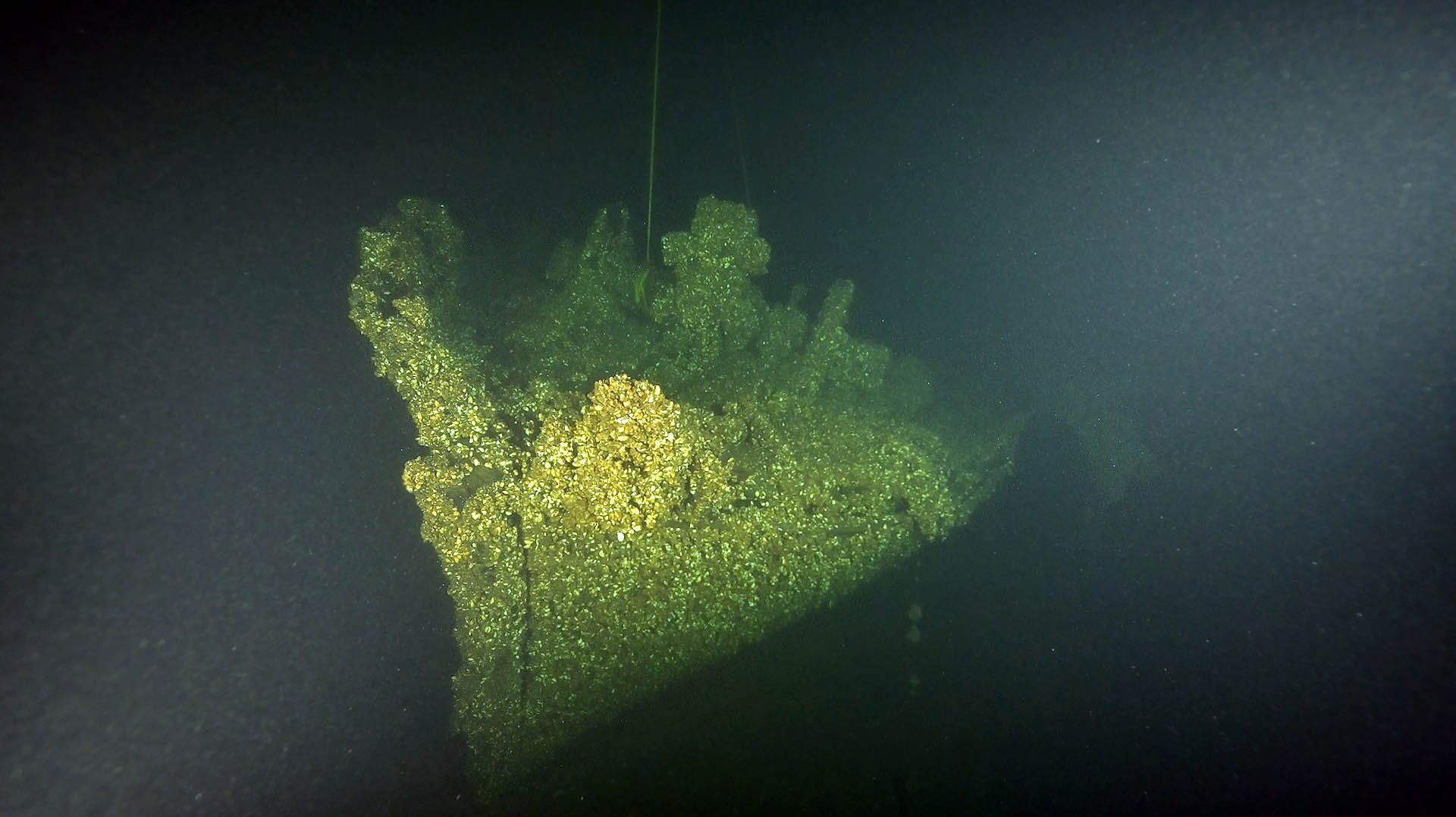
Another View of the Bow of the Jennibel
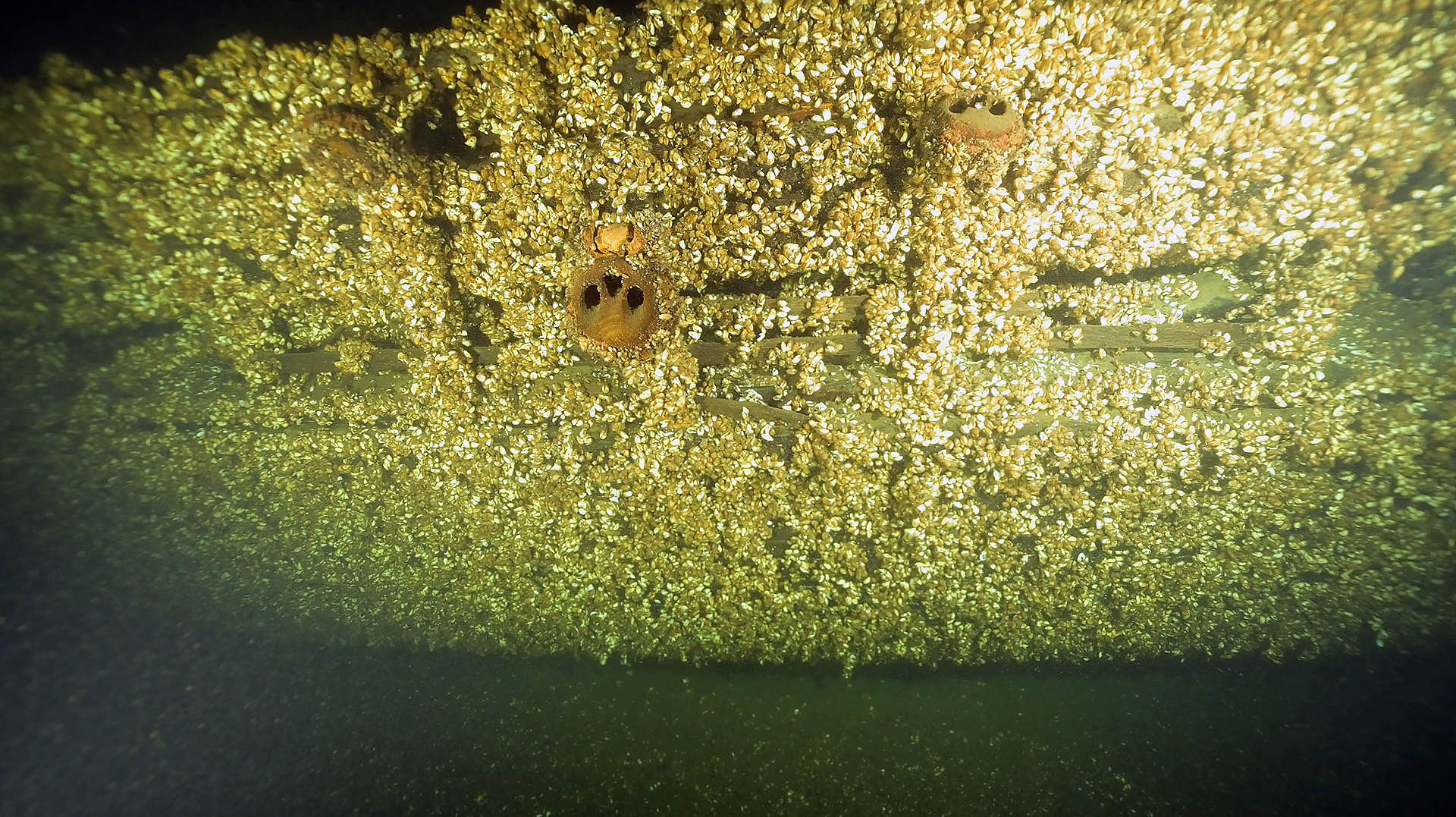
View of Jennibel's Hull with Deadeyes still attached to Chainplates
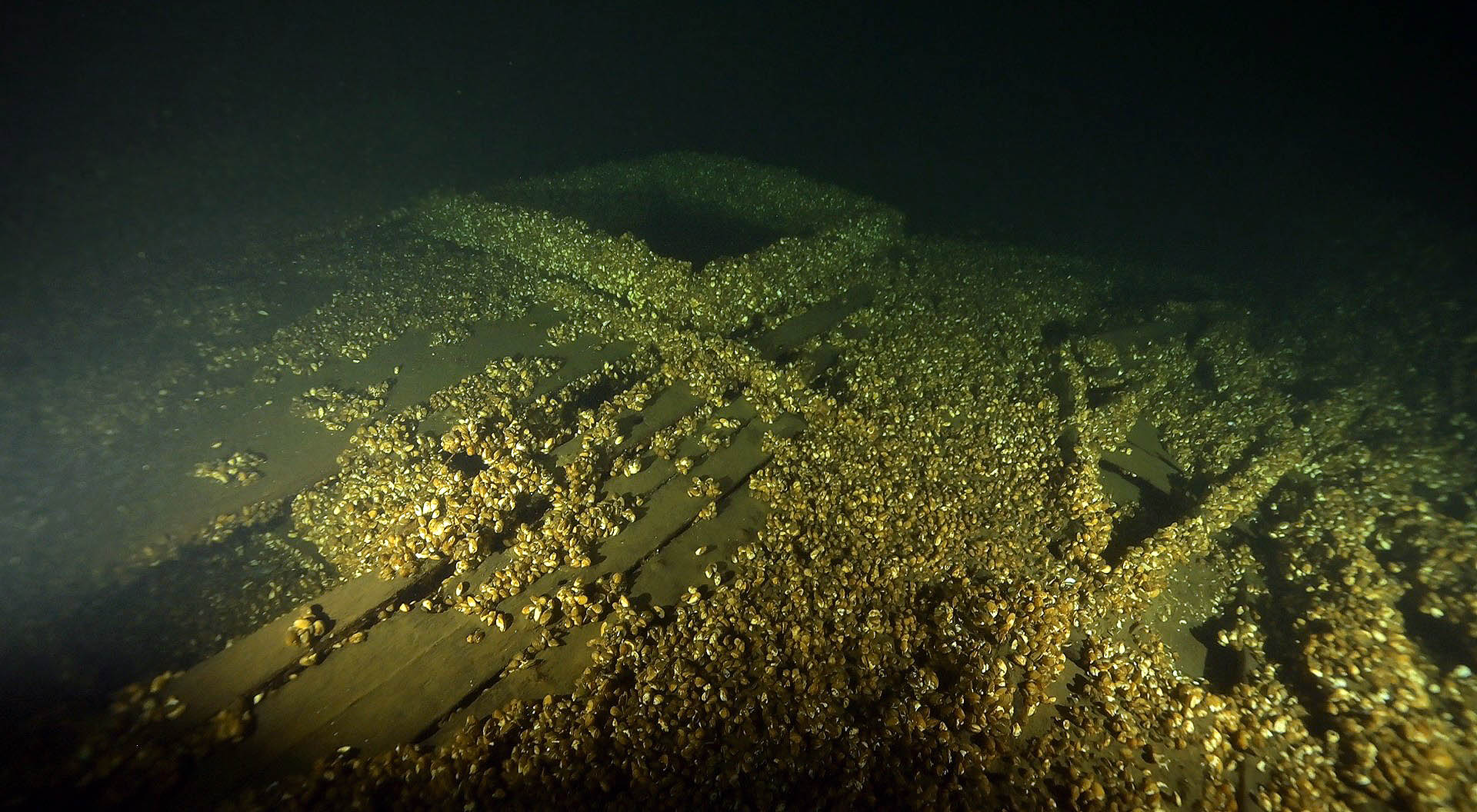
The Deck of the Jennibel
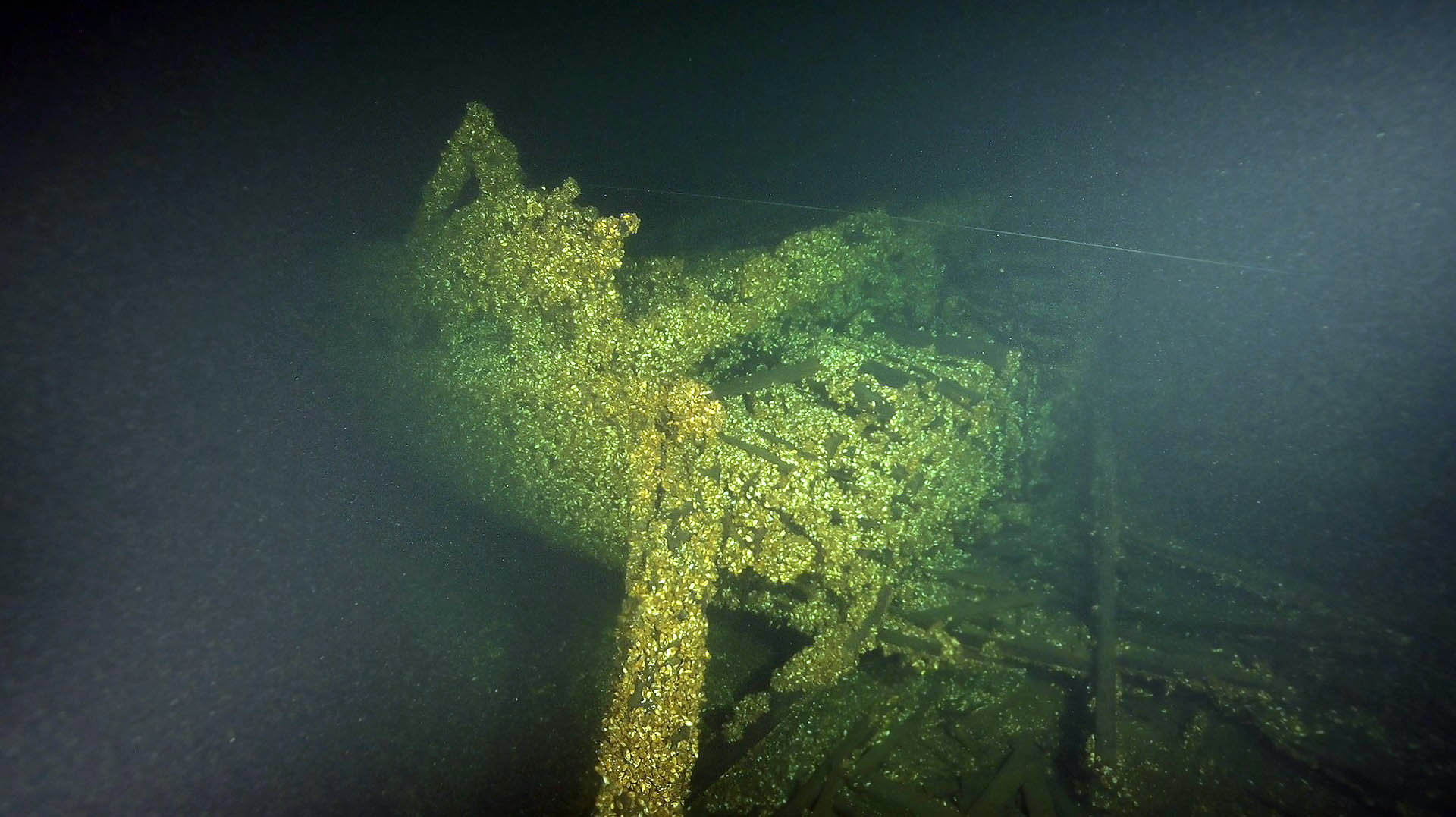
View of the Break in Jennibel's Hull
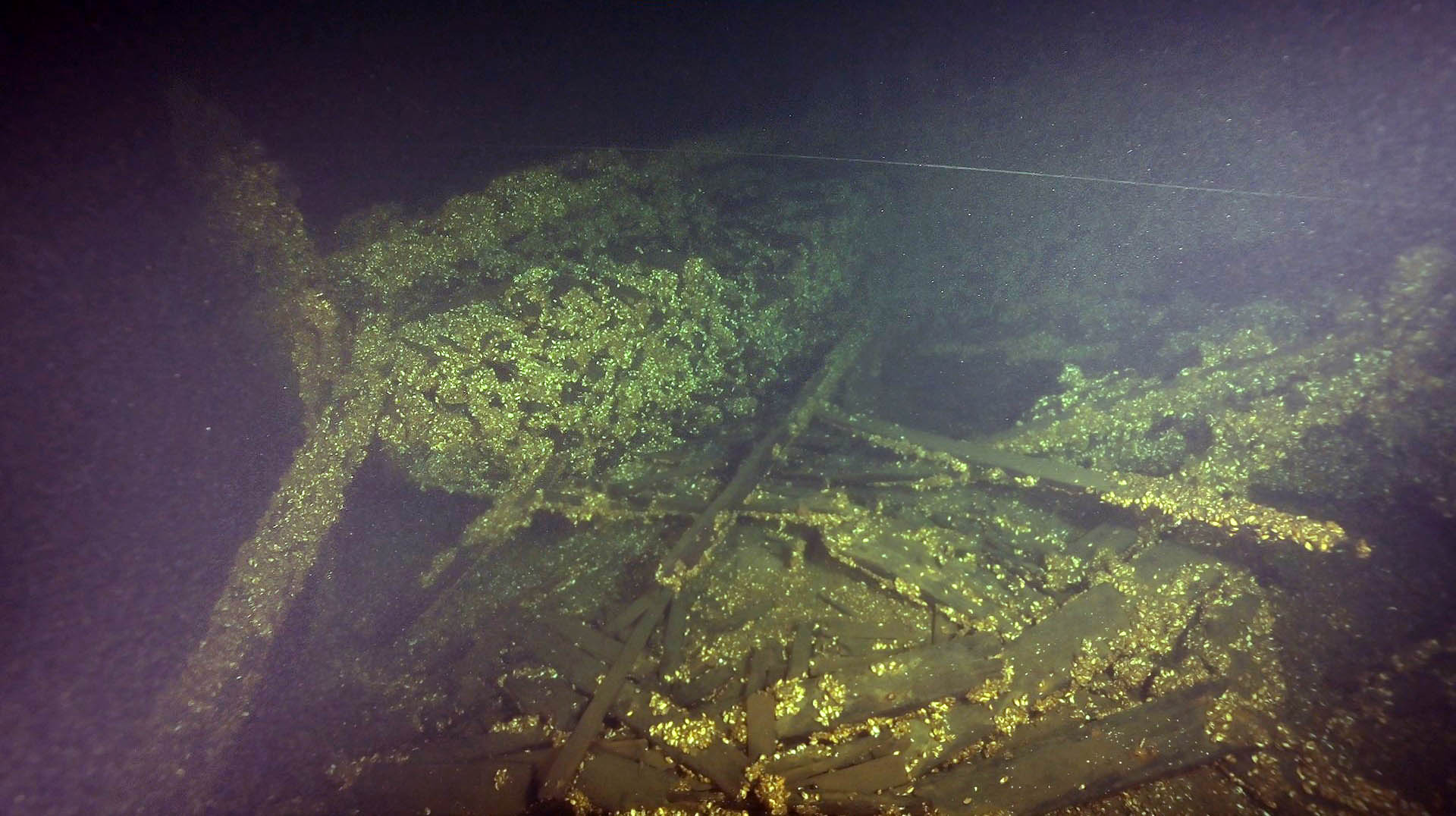
Another View of the Stern Damage
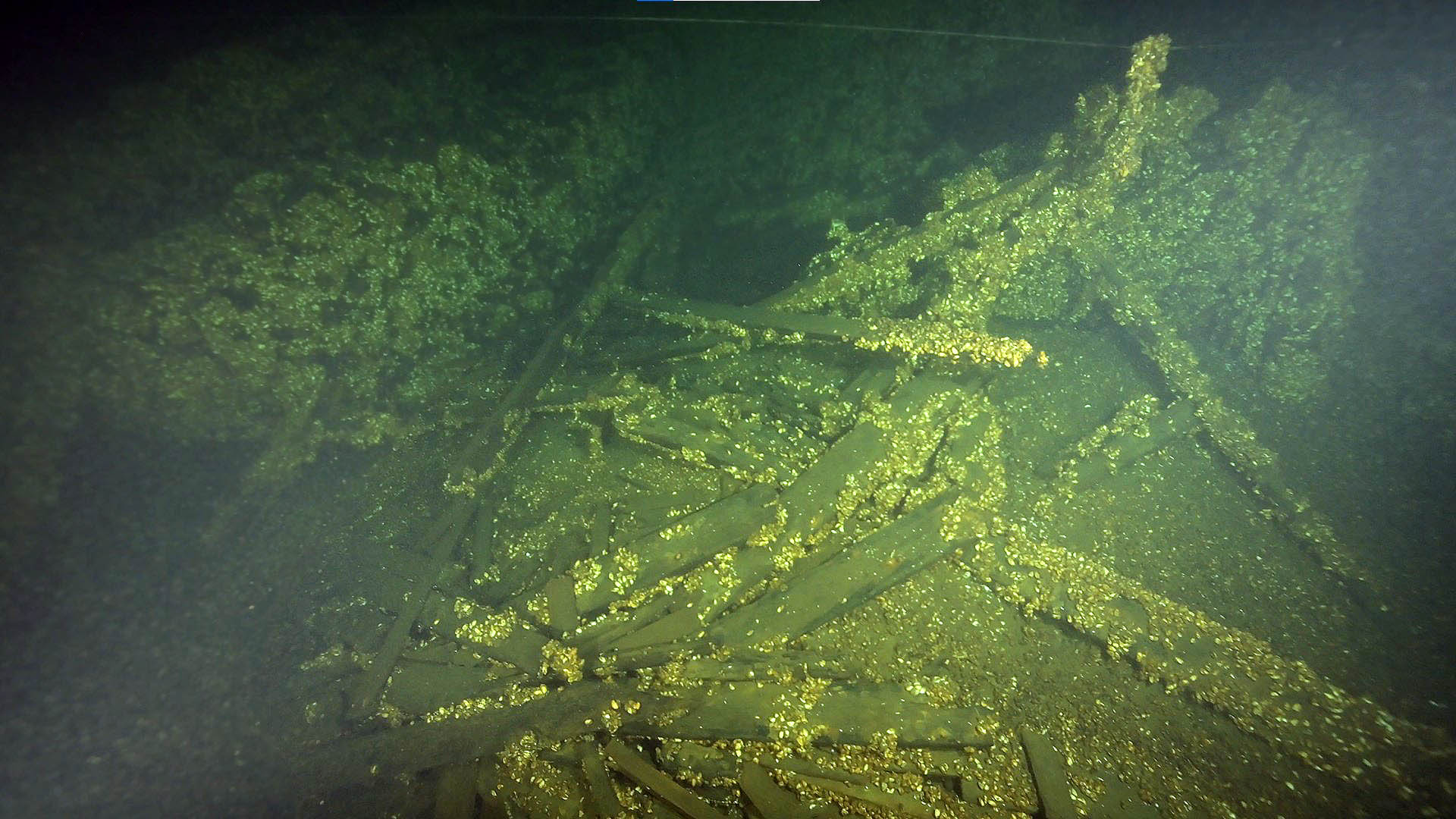
View of Damaged Stern Section
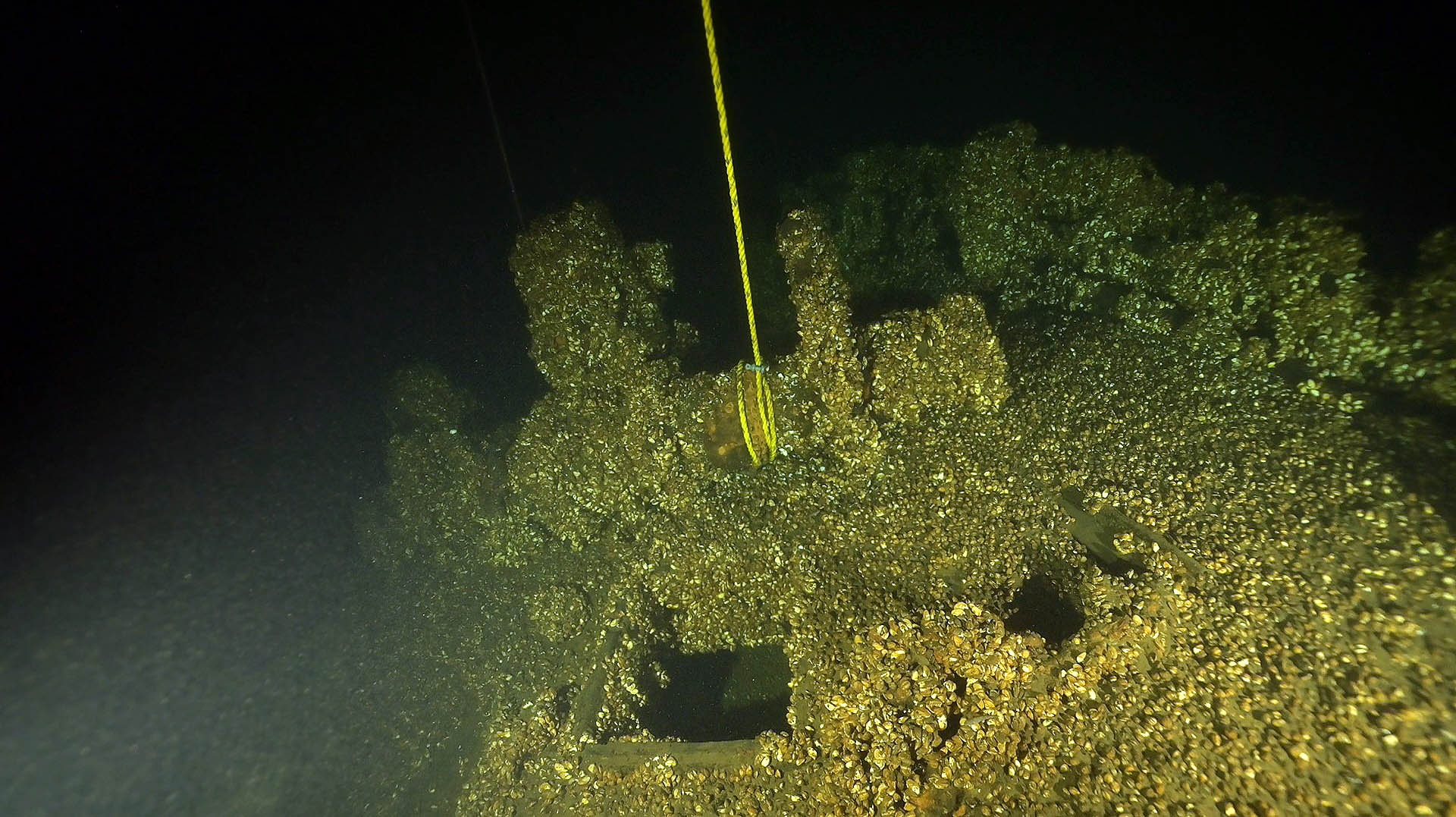
A View of Jennibel's Windlass
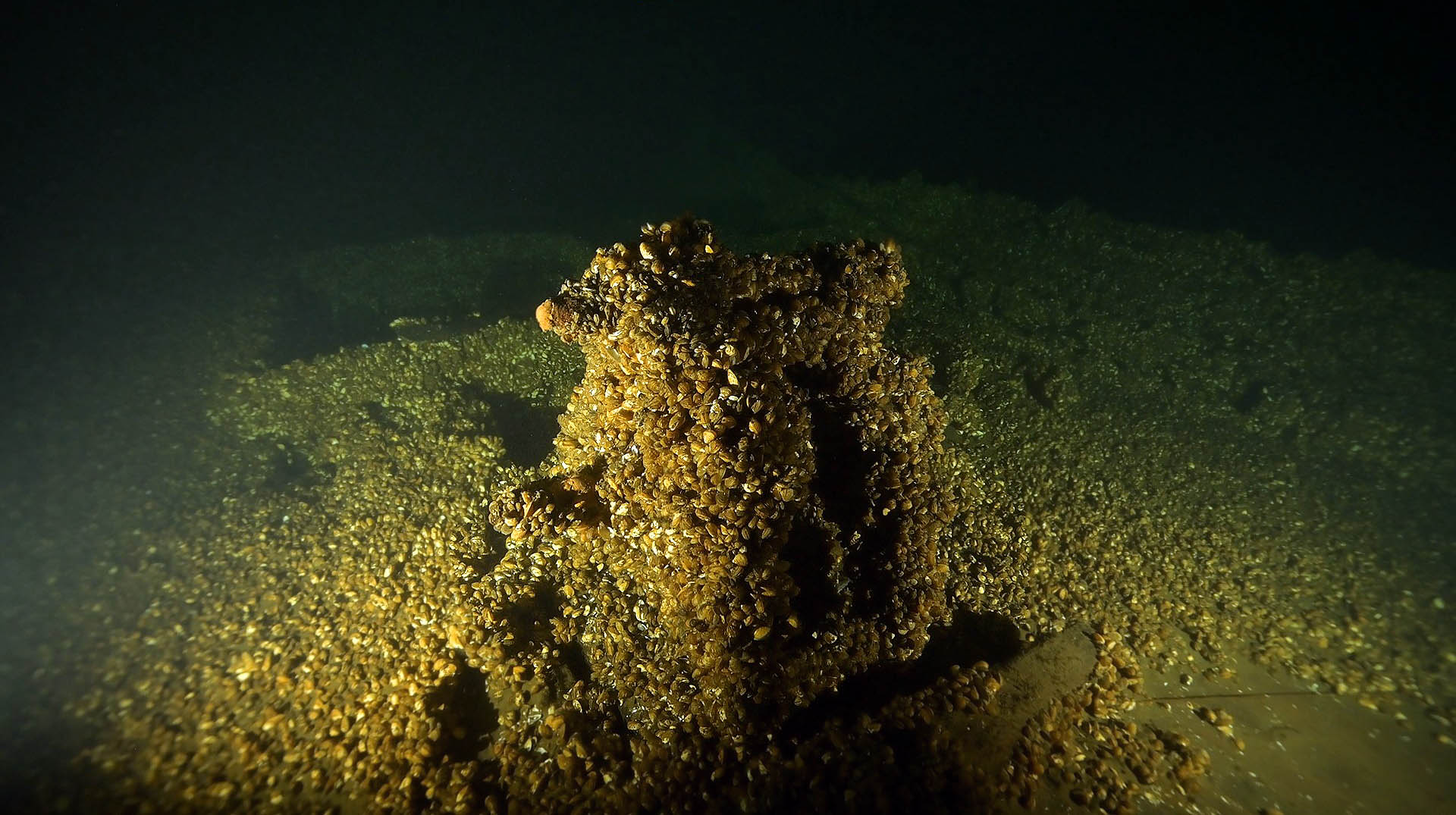
View of Jennibel's Centerboard Winch
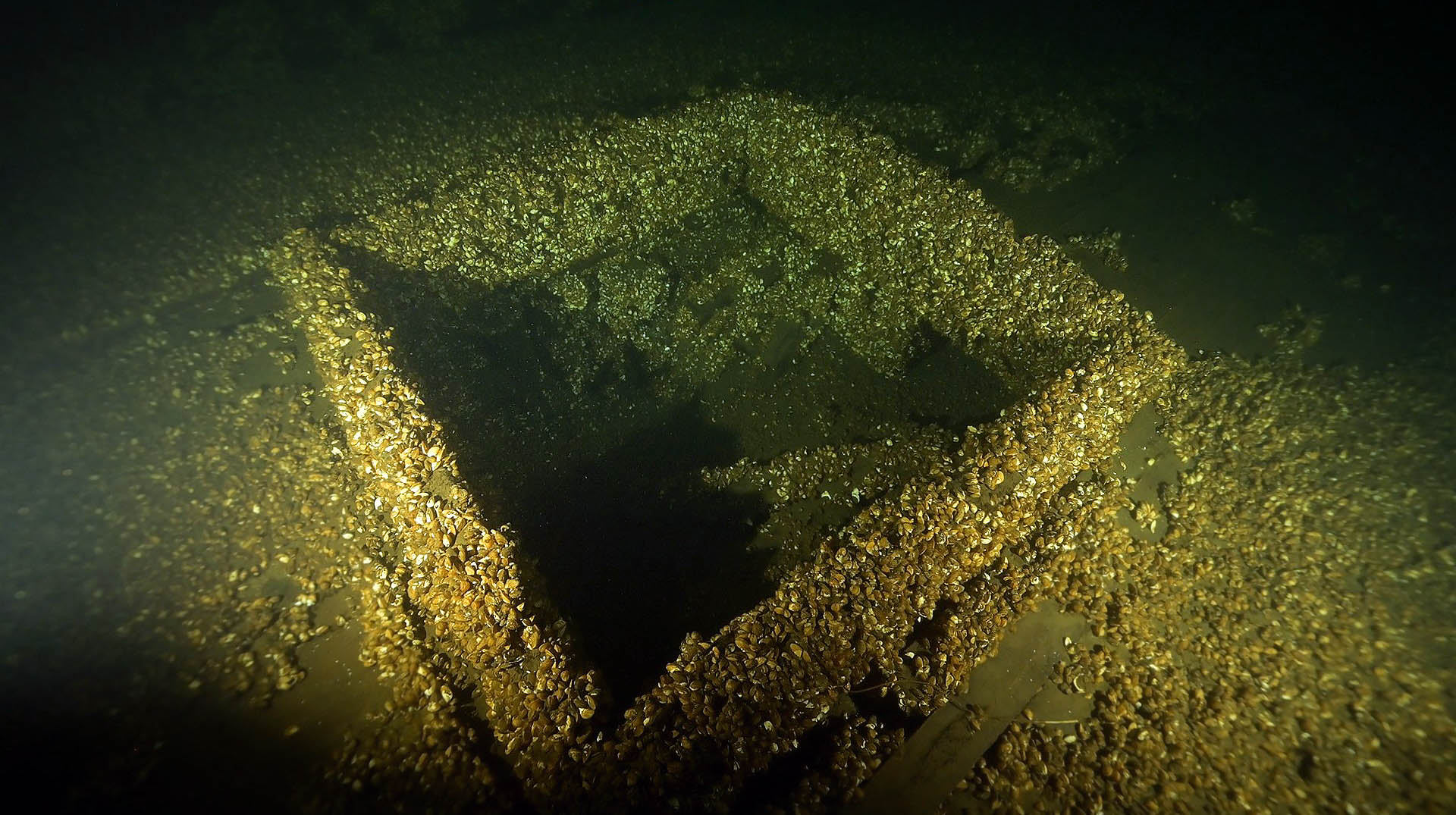
View inside of Jennibel's Forward Hatch
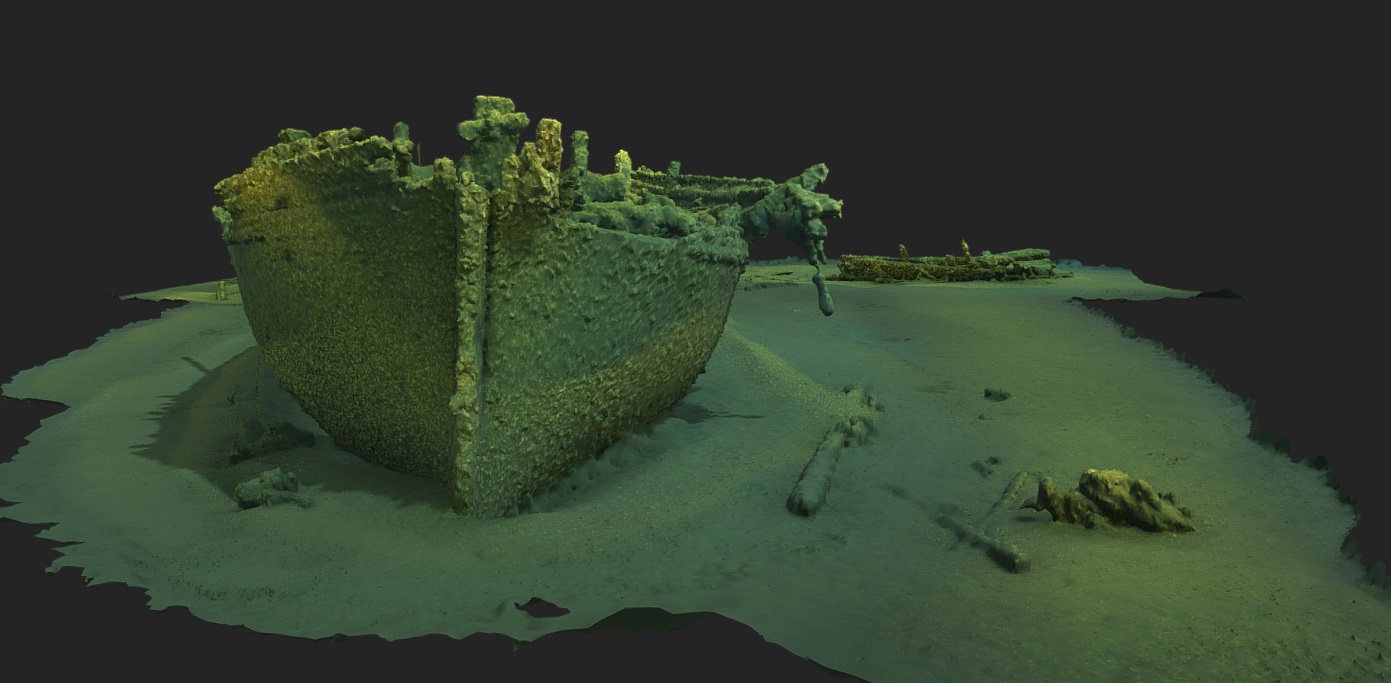
Bow View of the Photogrammetry Model of the Jennibel. View the Model Here: https://skfb.ly/pzrPC
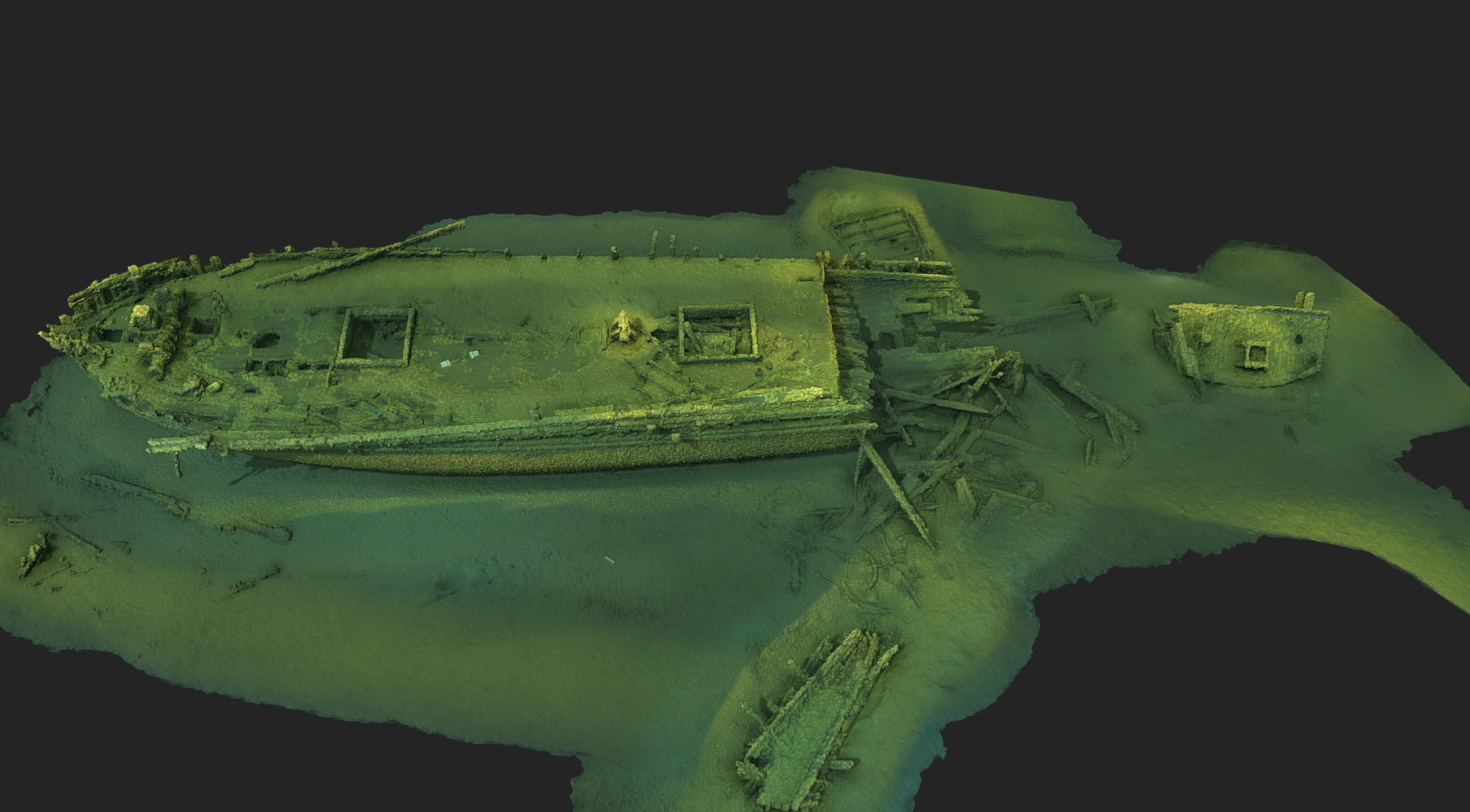
Overview of the Photogrammetry Model of the Jennibel. View the Model Here: https://skfb.ly/pzrPC
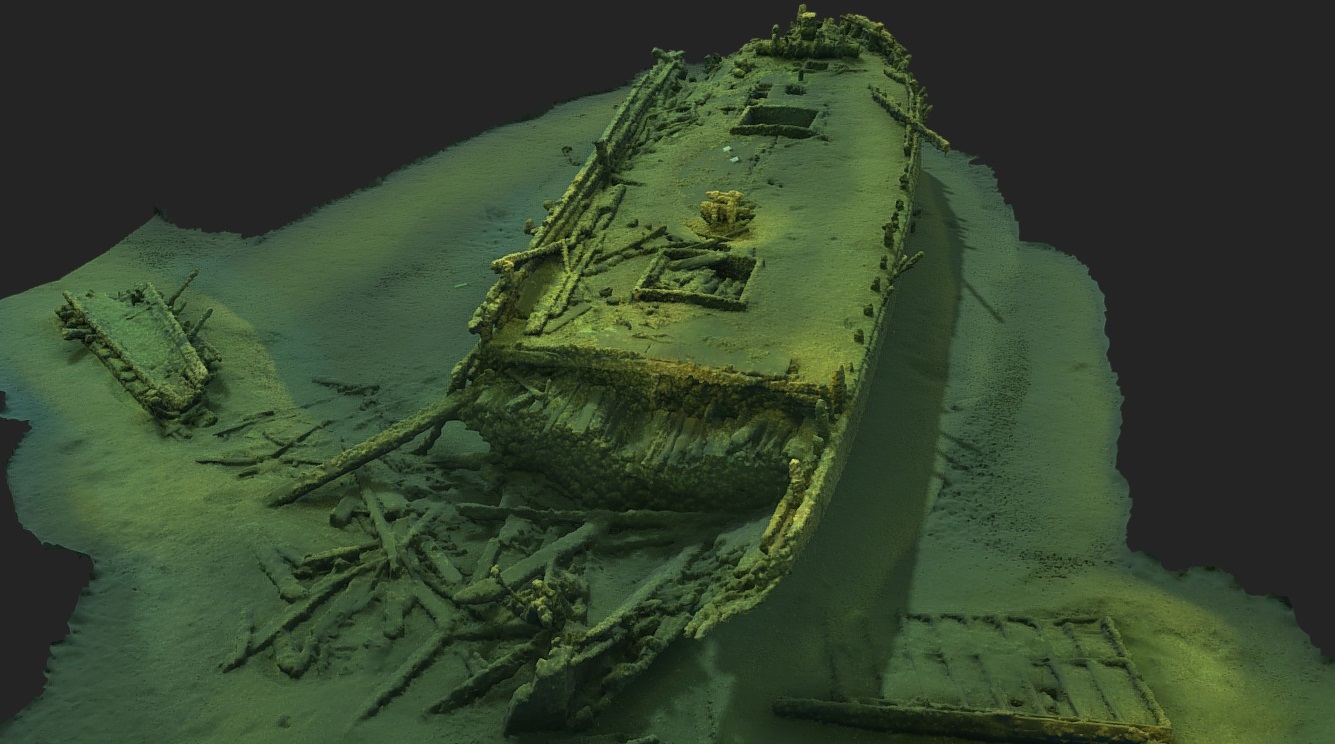
View of the Hull Break on the Photogrammetry Model of the Jennibel and its Full Cargo of Cordwood. View the Model Here: https://skfb.ly/pzrPC
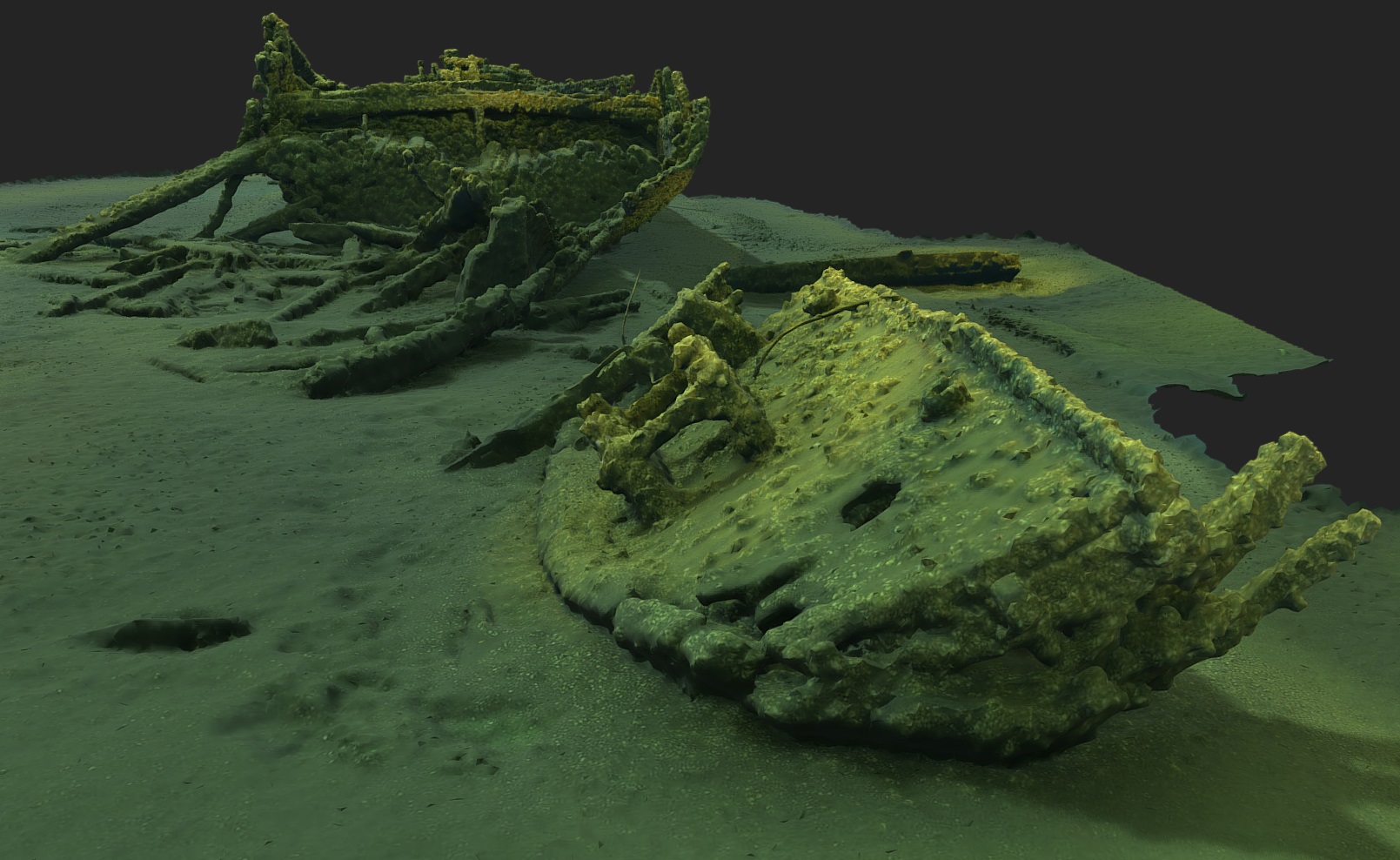
View of the Broken Stern on the Photogrammetry Model of the Jennibel. View the Model Here: https://skfb.ly/pzrPC
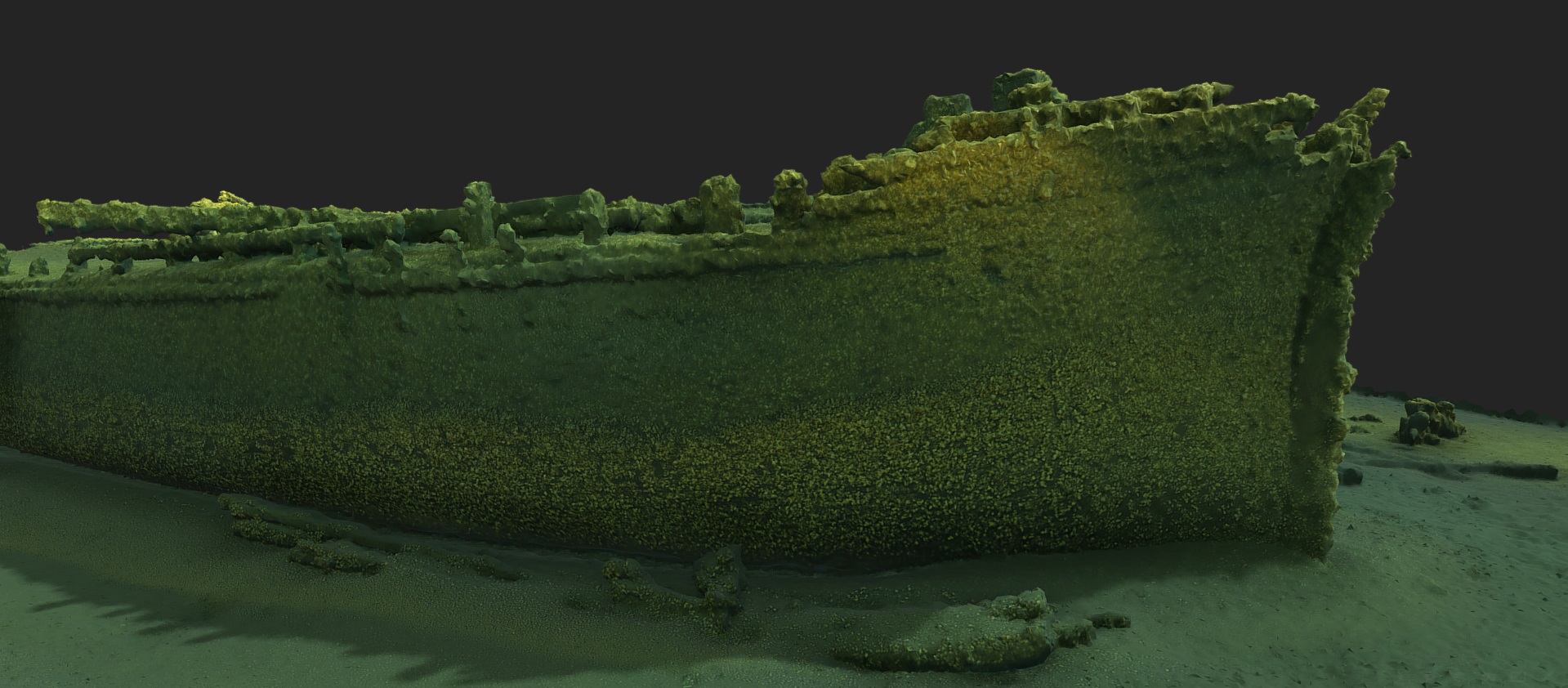
View of the Bow and Hull of the Photogrammetry Model of the Jennibel. View the Model Here: https://skfb.ly/pzrPC

 Confirmed Location
Confirmed Location
 Unconfirmed location
Unconfirmed location